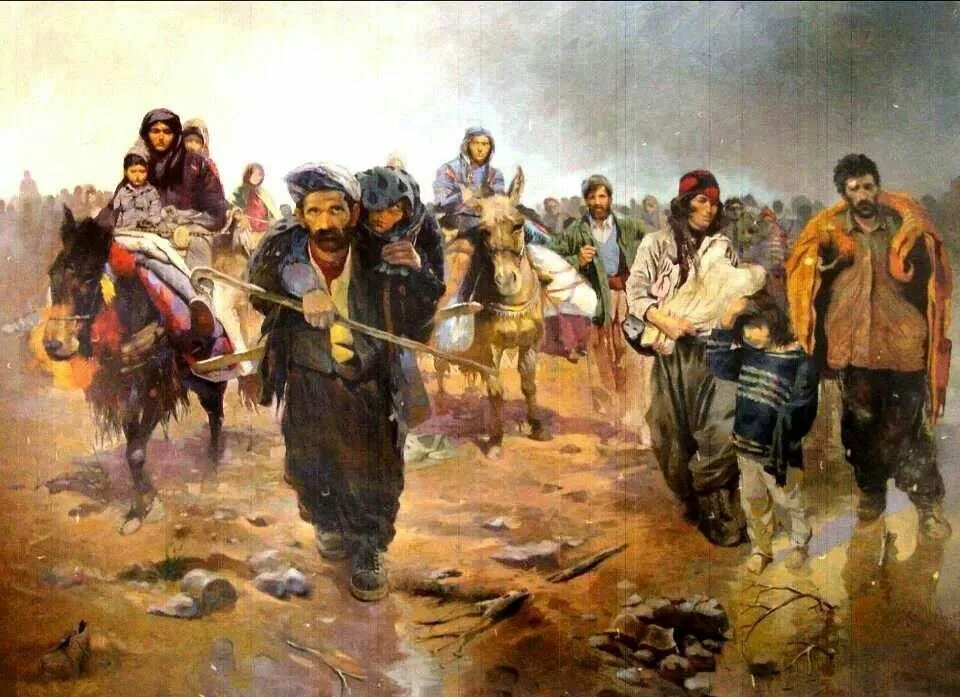About Kurds and KurdistanKurdistan, the land where the Kurdish people form a majority of the population, is an area of some 40,000 square kilometres, and includes parts of Syria to the West, Iran to the East, Turkey to the North, and Iraq to the South. These areas are sometimes referred to as Western Kurdistan, Eastern Kurdistan, Northern Kurdistan and Southern Kurdistan. The total Kurdish population is about 70 million in 20 countries, one of the largest groups in the world without its own state. Reliable figures for population numbers are hard to find but according to the study carried out by the Kurdish Institute in Switzerland (https://www.rudaw.net/turkish/kurdistan/050520226), the distribution of the Kurdish population in the world is as follows:
1- Turkey: 32,812,439
2- Iran (Rojilat): 18,281,137
3- Iraq and Kurdistan Region: 7,949,571
4- Syria and Rojava: 3,642,117
5- Germany: 1,898,319
6- Other European countries: 1,892,691
7- Kazakhstan: 892,638
8- Georgia: 758,009
9- Armenia: 699,571
10- Israel: 592,62211- Afghanistan: 312,075
12- Pakistan: 234,006
13- Egypt: 153,561
14- Sudan: 101,000
15- Bosnia and Herzegovina: 8,788.
As can be seen, there is a large Kurdish diaspora worldwide.Kurdistan is a largely mountainous region. During their long and troubled history, the mountains have been a refuge for the Kurds as evidenced by the saying “Kurds have no friends but the mountains”.The mountain areas provide staggering beautiful scenery. The region is rich in ancient sites, including the Citadel in Erbil said to be the longest continually inhabited settlement in the world.
In Iraq, in part of Southern Kurdistan, there is the semi-autonomous Kurdistan Region of Iraq (KRG) comprising the governates of Erbil, Dohuk, Suleymania and Halabja, with its capital in Erbil (Hewler).





